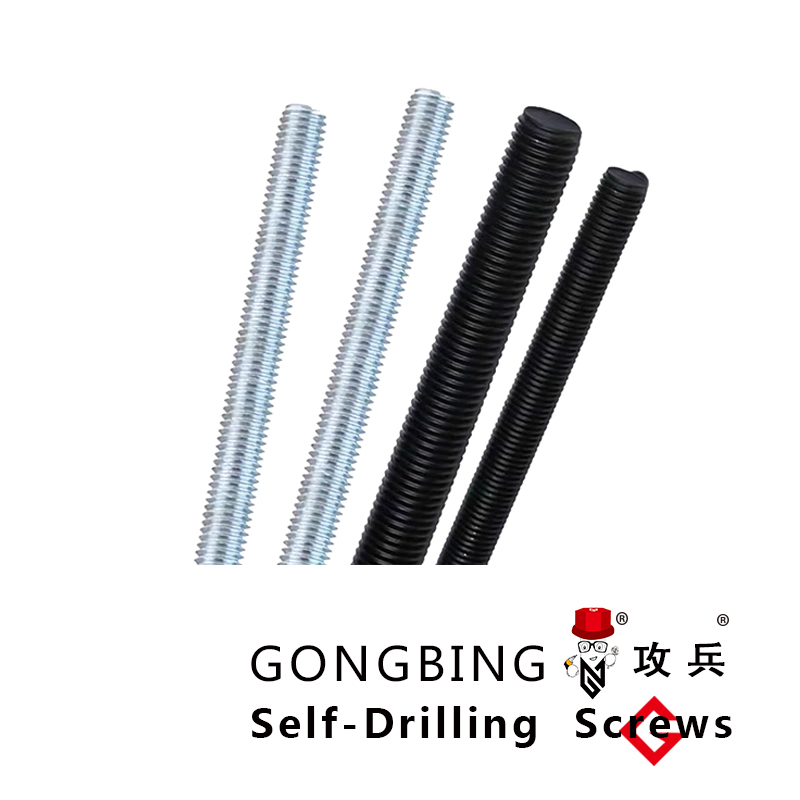Aircraft Fasteners Essential for Structural Integrity and Performance Optimization
Understanding Aircraft Structural Fasteners The Unsung Heroes of Aviation Engineering
Aircraft structural fasteners are critical components in the assembly and integrity of aircraft. These small yet vital elements play a significant role in ensuring the safety, performance, and longevity of aerospace structures. With the advancement of materials technology and engineering practices, the design, manufacturing, and application of fasteners have evolved, bridging the gaps between simple mechanical functions and sophisticated aerospace requirements.
The Importance of Fasteners in Aircraft
Fasteners are used to join various aircraft components, from the fuselage and wings to the tail assembly and engine mounts. Their primary role is to maintain structural integrity while allowing for the necessary flexibility in dynamic loads that an aircraft experiences during flight. The failure of a fastener can result in catastrophic consequences; hence, their design and installation are paramount.
In aviation, fasteners are subjected to extreme conditions, including significant temperature variations, pressure changes, and vibrations. Therefore, selecting the right type of fastener is crucial. Factors such as material strength, corrosion resistance, weight, and fatigue life are thoroughly considered during the design process. This careful selection ensures that fasteners can endure the harsh conditions of flight.
Types of Fasteners Used in Aircraft
There are several types of fasteners used in aircraft construction, each with its specific applications and benefits. Some of the most common types include
1. Bolts and Nuts These are the most widely recognized fasteners. They provide a strong mechanical connection and can be easily disassembled, making them ideal for components that may need maintenance or replacement.
2. Rivets Riveting is one of the traditional methods of joining aircraft components. Rivets provide a permanent connection and are lightweight, making them suitable for structures where weight is critical.
3. Screws Aircraft screws come in many varieties, including machine screws, self-tapping screws, and security screws. They are used in areas where a high level of precision and strength is required.
aircraft structural fasteners

4. Washers Often used in conjunction with bolts and screws, washers distribute the load over a larger area, reducing the likelihood of surface damage and preventing loosening due to vibration.
5. Specialty Fasteners These include fasteners designed for specific applications, such as hi-loks, which are a combination of bolts and rivets, providing the strength of a rivet with the ease of bolts.
Advanced Materials in Fastener Design
As the aerospace industry embraces new materials for weight reduction and performance enhancement, fasteners are not left behind. Advanced materials such as titanium, aluminum alloys, and composite materials are increasingly being used in fasteners. These materials offer improved strength-to-weight ratios and superior corrosion resistance compared to traditional steel fasteners.
Additionally, surface treatments and coatings are applied to fasteners to further enhance their performance. For example, anodizing, plating, and painting not only protect against corrosion but can also reduce friction and improve wear resistance.
Standards and Regulations
Due to the safety critical nature of aircraft, fasteners must adhere to stringent industry standards and regulations. Organizations such as the American National Standards Institute (ANSI) and the Federal Aviation Administration (FAA) establish guidelines for the manufacturing, testing, and application of fasteners in aviation.
Quality control is a fundamental aspect of fastener production. Manufacturers must conduct thorough testing, including shear and tensile strength tests, fatigue testing, and corrosion resistance evaluations, to ensure that fasteners meet the high standards required for aviation applications.
Conclusion
In conclusion, aircraft structural fasteners are essential components that contribute to the safety and performance of modern aircraft. From bolts and rivets to advanced specialty fasteners, the selection and implementation of these components are vital to the integrity of aerospace structures. As technology advances and the demands of aviation evolve, the role of fasteners will continue to be a focal point in ensuring that aircraft can withstand the rigors of flight while maintaining the highest levels of safety and efficiency. Understanding the complexities and innovations around aircraft fasteners highlights their significance—as the unsung heroes of aviation engineering, they hold together the very fabric of flight.
-
Weatherproof Plastic Expansion Anchors for OutdoorNewsJun.06,2025
-
Sustainability in the Supply Chain: Eco-Friendly TEK Screws ProductionNewsJun.06,2025
-
Load-Bearing Capacity of External Insulation FixingsNewsJun.06,2025
-
Double Head Bolts: Enhancing Efficiency in Industrial MachineryNewsJun.06,2025
-
Corrosion Resistance in Chipboard Screws: Coatings for Wholesale DurabilityNewsJun.06,2025
-
Butterfly Toggle Bolts : Enhancing Structural ResilienceNewsJun.06,2025
